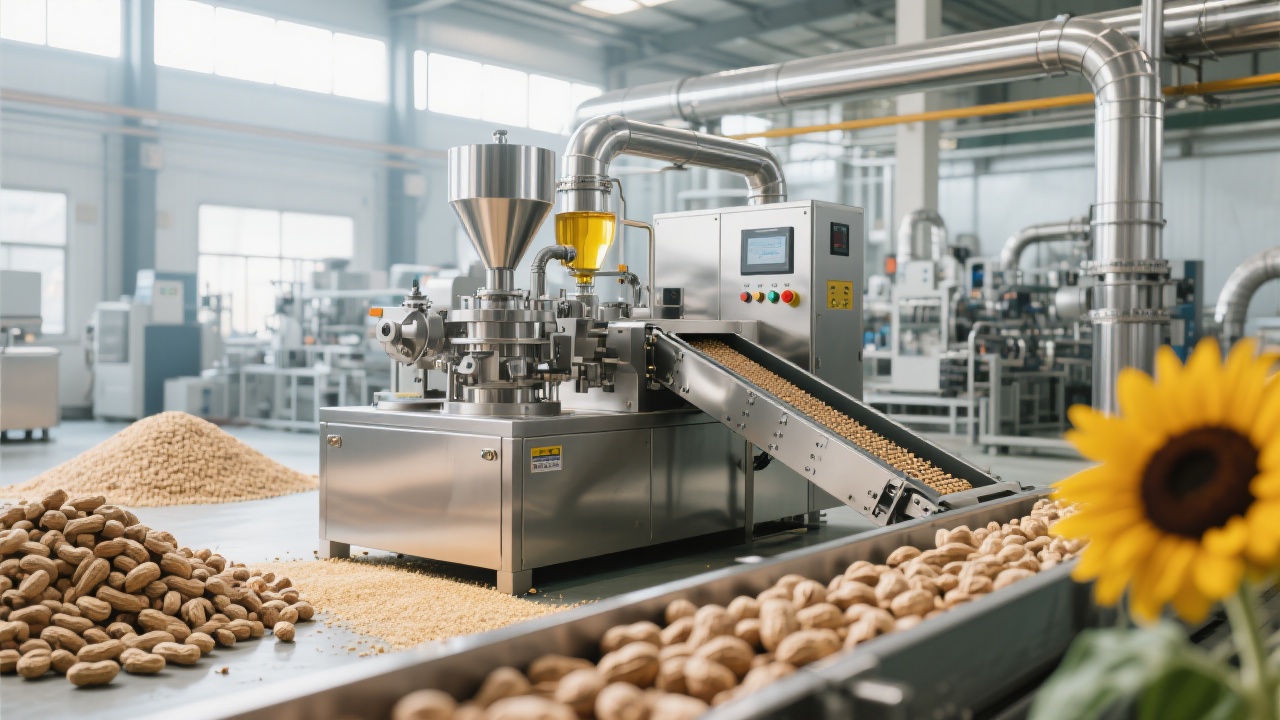
Spiral oil pressing remains a cornerstone in high-yield edible oil production for various seeds such as peanuts, rapeseeds, and soybeans. Despite its efficiency, a persistent challenge is the accumulation of oil residue within the discharge system, resulting in frequent maintenance, diminished throughput, and eventual operational downtime. Addressing this issue, a novel vertical cake unloading mechanism combined with segmented bearing cage design has emerged to fundamentally mitigate residue build-up and optimize stable oil flow.
Conventional horizontal unloading systems in spiral presses often suffer from uneven pressure distribution and restricted juice flow paths. This leads to stubborn oil sludge accumulation, which, according to industry reports, can increase maintenance frequency by over 35% and reduce net output efficiency by up to 15%. Such blockages not only elevate wear on mechanical components but also magnify energy consumption due to repeated cleaning and reprocessing.
The key innovation lies in designing the unloading system to operate vertically, allowing natural gravitational assistance for cake discharge and oil outflow. This configuration:
Typical operational data reveals that spiral oil presses outfitted with vertical unloading reduce residue accumulation by approximately 40%, cutting average downtime from 12 hours per month to just under 7 hours.

Complementing the vertical mechanism is the introduction of a segmented bearing cage, which offers dynamic pressure regulation along different sections of the unloading process. This design:
Field comparisons indicate that equipment deployed with segmented cages realize a 25% reduction in power consumption during continuous operations, alongside a measurable drop in maintenance interventions.

Multiple leading edible oil production facilities employing this integrated design reported:
| Metric | Before Upgrade | After Implementation | Improvement |
|---|---|---|---|
| Oil Residue Accumulation (kg/month) | 120 | 72 | -40% |
| Maintenance Frequency (times/month) | 10 | 6 | -40% |
| Power Consumption (kWh/ton) | 28.5 | 21.4 | -25% |
Engineer’s Insight: "The synergy between vertical unloading and segmented cage pressure control is transformative. It empowers operators to substantially reduce residue formation and mechanical wear, achieving a breakthrough in continuous processing stability." – Senior Mechanical Engineer

The design also aligns with international safety and environmental standards such as ISO 9001 and relevant food-grade certifications, providing peace of mind for manufacturers focused on responsible production. Adaptability tests confirm stable performance across various oilseeds:
This flexibility empowers processors to optimize their cold and hot pressing operations with assured residue management and minimal intervention.

